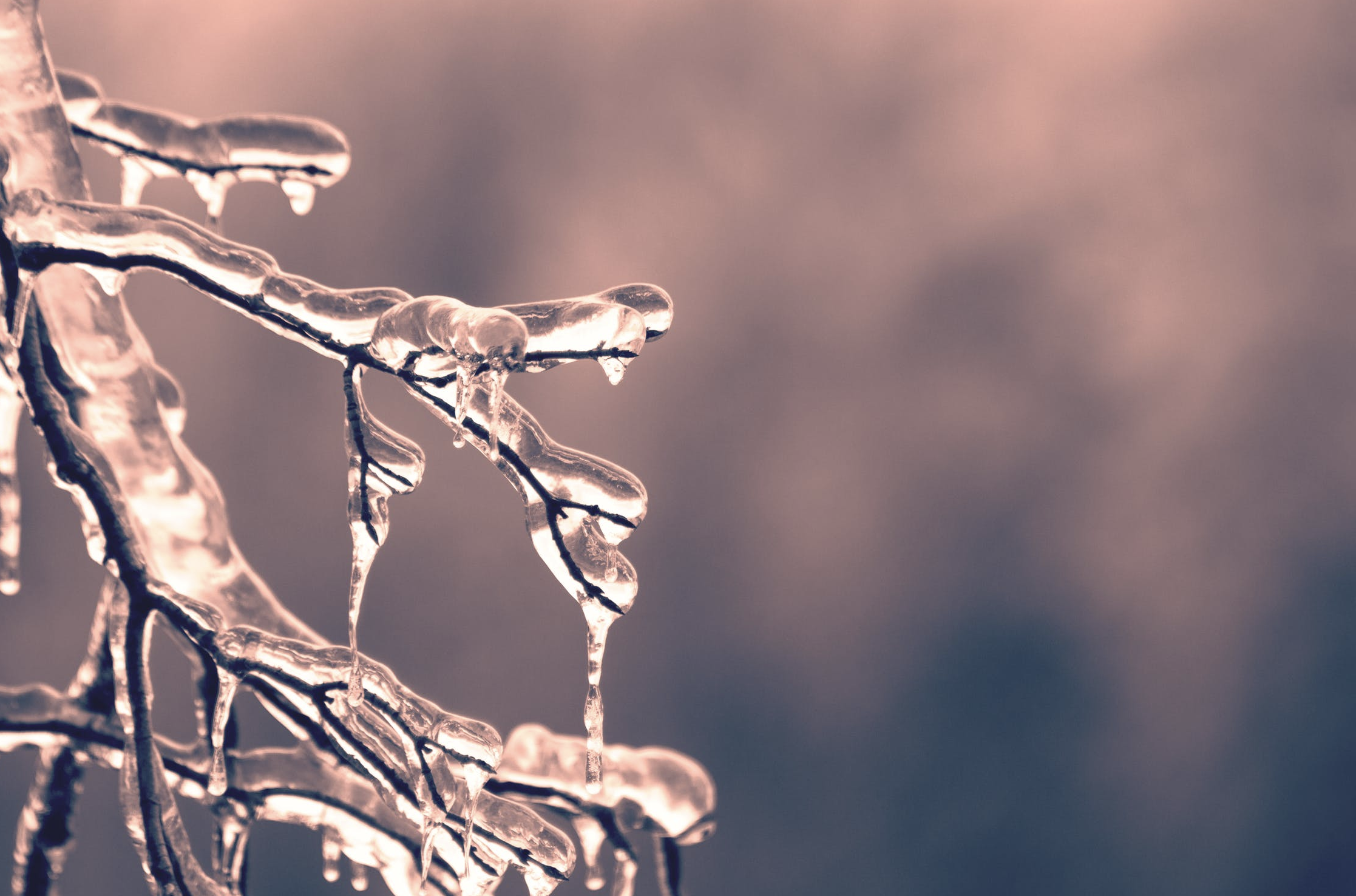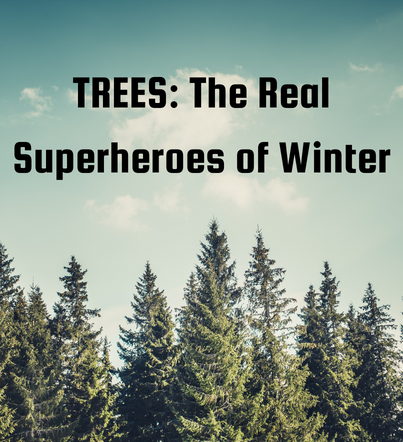 The entire east coast is covered in snow, iguanas are freezing and dropping from trees in South Florida, single digit temps have us all hunkering inside and somehow, the trees all prevail. Have you ever stopped to think just how trees and plants survive prolonged freezing temps and still manage to bloom in the spring? The answer is that science is truly amazing and trees are pretty good at preparing for the winter.
The entire east coast is covered in snow, iguanas are freezing and dropping from trees in South Florida, single digit temps have us all hunkering inside and somehow, the trees all prevail. Have you ever stopped to think just how trees and plants survive prolonged freezing temps and still manage to bloom in the spring? The answer is that science is truly amazing and trees are pretty good at preparing for the winter.
The first step occurs in autumn, when low temps and longer nights act as a warning signal for trees to store their nutrients, slow down on producing chlorophyl and drop those leaves! The tree is preparing to become dormant. What most people don't realize, is that dormant doesn't actually mean inactive, instead the tree strategically turns on the genes that will help it survive the cold and turns off those genes that are associated with growth.
When the temp drops to moderate freezing (20s and 30s) the trees have a very complex way of controlling where the ice will form within their makeup. The tree will often separate out their more vulnerable cells, allowing them to become the nucleator of ice growth. Since moisture is attracted to ice (think about frost growing in your freezer) ice will continue to form in these concentrated areas, leaving the remaining more important cells protected.
But what about when the temp gets dangerously low, like the 5-10 degree range we are experiencing now? Trees in much colder climates have a final defense against the cold that is truly remarkable. Trees sensing an extreme drop in temperature will begin producing protein molecules and sugars that will lower the freezing threshold for liquids inside the tree's cells. These sugars act just like anti-freeze, turning the cell liquid into a really dense, concentrated solution, thick like molasses, that literally cannot freeze. The tree also produces more molecules that will act as ice nucleators, but smartly only grows them in the intercellular spaces, protecting the cells from ever freezing and drying out. "At this stage where trees are fully cold-acclimated, you can put them into liquid nitrogen and they would survive" says Sally Aitken, Forestry Professor at the University of British Columbia.
So now that you've learned how hard-working and smart trees are, you can breathe easy knowing they can withstand the winter... well almost. There is definitely reason to be concerned when we have an extremely cold winter. The trees will survive, but they are working overtime to produce those sugars and transform their physiology to prevent freezing. After harsh winters (like the one it seems we are in for) it is more important than ever to feed and fertilize your trees and shrubs in the spring. They will absolutely benefit from the added boost of nutrients before they enter their real busy seasons, Spring and Summer.
Call today to schedule a spring fertilization from our certified arborists at Emerals Tree and Shrub Care: (914) 725-0441.










